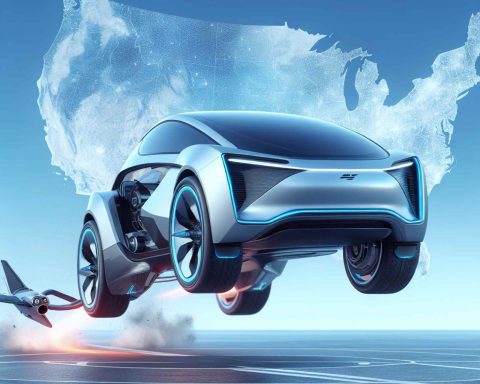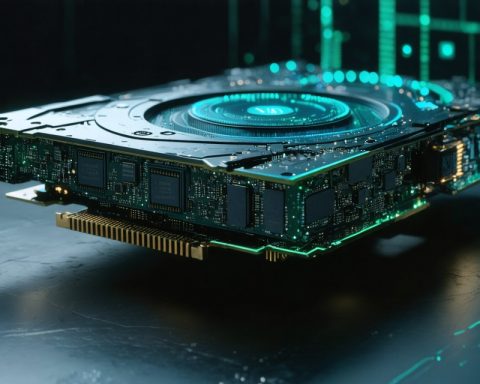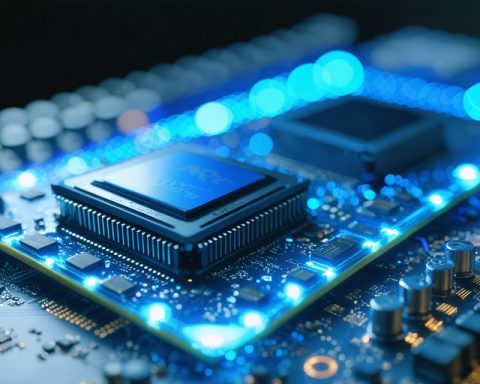Recent data reveals that Huawei smartphones have been consistently achieving significant activation rates in the Chinese market. Over the past three weeks, the activation share has topped 15%, indicating a robust resurgence for the brand. Experts in the digital space suggest that the upcoming launch of Huawei’s mid-range nova 13 series could lead to an activation rate surpassing 20% in September.
Historically, Huawei has reached activation peaks, with earlier this year marking a significant milestone around the 17th week, largely attributed to the release of the Pura 70 series. Comparative analysis of activation trends shows that Huawei’s performance in 2023 has outpaced last year’s figures, hinting at growing consumer interest and confidence in the brand.
With major product launches on the horizon, including the foldable smartphones and the anticipated Mate 70 series, Huawei’s activation rates are poised for further growth. Forecasts suggest that these new innovations could replicate the previously observed peaks in customer engagement.
Current standings reveal that, as of August 18, Huawei secured the fourth position among various smartphone brands in terms of activations, surpassing competitors like Apple and OPPO. Looking ahead to the future, analysts speculate that Huawei has the potential to contend strongly for the second position in the market, intensifying healthy competition among leading brands. The tech community is abuzz with anticipation regarding Huawei’s trajectory this year.
Huawei’s Rising Activation Rates Signal Strong Market Performance
Recent data highlights a notable surge in activation rates for Huawei smartphones, specifically within the Chinese market, reflecting the brand’s solid performance in a competitive landscape. This enthusiasm marks a significant departure from previous challenges that the company faced, indicating a potential turning point in its journey back to prominence.
What Factors Contribute to Huawei’s Rising Activation Rates?
Several factors contribute to the uptick in Huawei’s activation rates. Firstly, the company’s strategic pivot towards mid-range and affordable devices has attracted budget-conscious consumers. Additionally, enhanced marketing strategies and partnerships have bolstered brand visibility. Huawei’s efforts to improve its software ecosystem, including the development of HarmonyOS, have also played a critical role in nurturing user loyalty.
What are the Key Challenges Huawei Faces?
Despite the positive trends, Huawei has not been without its challenges. The impact of ongoing U.S. sanctions continues to cast a shadow over its operations, limiting access to critical technology and components. As the market evolves, Huawei also faces stiff competition from domestic rivals like Xiaomi and Vivo, who are rapidly innovating and expanding their market share.
What are the Advantages and Disadvantages of Huawei’s Current Strategy?
Advantages:
– Strong Brand Loyalty: Huawei has a sizeable existing customer base that provides a strong foundation for growth.
– Innovative Products: The introduction of advanced technologies, such as foldable devices and 5G capabilities, positions Huawei as a key player in tech innovation.
– Cost-Effective Solutions: Mid-range offerings appeal to a broader audience, potentially increasing market penetration.
Disadvantages:
– Dependence on Domestic Market: A heavily focused strategy on China may limit Huawei’s international growth opportunities.
– Reputational Challenges: Ongoing controversies regarding data privacy and security could hinder consumer confidence in global markets.
– Supply Chain Vulnerabilities: Dependence on specific components may result in production delays or increased costs due to geopolitical tensions.
What is the Future Outlook for Huawei?
Analysts remain cautiously optimistic about Huawei’s trajectory. With the upcoming launches, including the nova 13 series and the Mate 70 series, the company is expected to capitalize on this growing market momentum. Furthermore, if Huawei can successfully navigate its supply chain constraints and regulatory challenges, it could enhance its competitiveness and reclaim a stronger position in global markets.
In summary, while Huawei’s rising activation rates signify a robust performance, the company must address critical challenges to sustain its growth and maintain consumer trust. As the smartphone industry continues to evolve, Huawei’s strategic decisions in the face of competition and regulatory scrutiny will be pivotal.
For more insights into Huawei’s market strategies, visit Huawei Official Site.


















